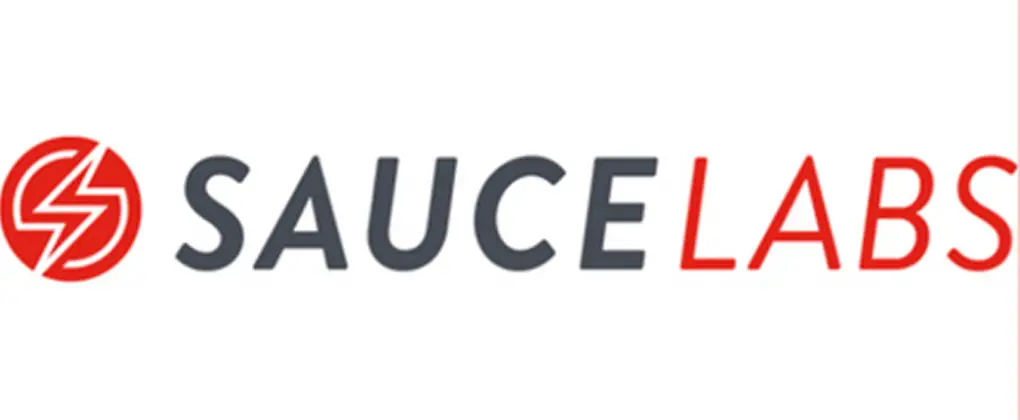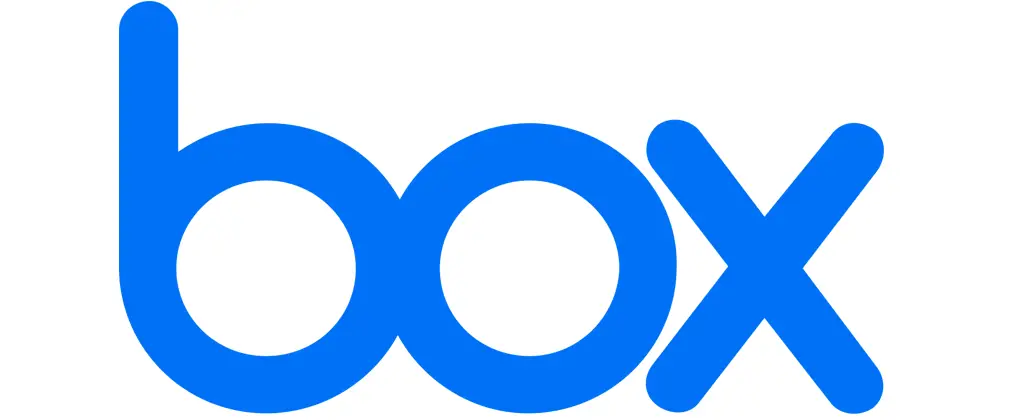Top 10 Snowflake Competitors in 2023
Snowflake is an American data warehousing (cloud computing) firm that stores corporate data and meticulously assesses it before releasing the results to the client. The company may have been founded only recently (2012), but it is widely regarded as the best cloud-based data storage enterprise in the market. That is because it was the first company to have breathed life back into the once almost extinct data warehousing industry.

While Snowflake was indeed established nearly a decade ago, it didn’t launch its warehouse service to the public until 2014. For the first two years, the company worked in complete secrecy, developing its unique cloud system without letting the outside world know of its progress. The founders, Benoit Dageville, Thierry Cruanes, and Marcin Zukowski, didn’t want to count their chickens before they were hatched. But they were confident enough about their idea to raise a whopping $26 million to fund it.
| Name | Snowflake |
| Founded | 2012 |
| Headquarters | Bozeman, MT, US |
| SIC Code | 7374 |
| Status | Public, Independent Company |
| Industry Sector | Cloud Computing |
| Employees | 2495 |
| Trading Symbol | NYSE: SNOW |
An interesting fact about the reason why the company was named Snowflake – the founders absolutely love winter sports! Today, the company generates a revenue of around $592 million by providing a cloud-based data storage facility with an add-on for data analysis. It was initially headed by Mike Speiser who later had to make way for Frank Slootman as the chairman and CEO of the firm. Recently, Snowflake announced that it wouldn’t have any headquarters, granting equal status to all its offices in the country.
There was a time, back in 2014, when Snowflake provided a one-of-a-kind service. Since then, many other companies have launched similar services to cater to the growing demands of the businesses. Let us take a look at Snowflake’s 10 chief competitors today.
Snowflake similar companies:
Cloudera, Teradata, Panoply, Vertica, Xplenty, Stitch, Databricks, Amazon Web Services, Google Cloud, Microsoft Azure.
Who is Snowflake’s Biggest Competitor?
The biggest competitor of Snowflake is Cloudera. It is one of the largest cloud computing and data warehousing companies in the trade. Did you know that Cloudera was founded by former Facebook, Google, and Yahoo! engineers? The company has rapidly been upgrading its hybrid enterprise data cloud over the years to meet the growing market demand. It is presently headquartered in Santa Clara, CA, with an employee base of over 3000.
How Snowflake makes Money
Snowflake is a platform with cloud computing that gathers data from a business, breaks it down into essential components, and organizes those components into comprehensible blocks. Regardless of the industry in which your company operates, you can utilize Snowflake’s data warehousing service to generate a stream of valuable, well-assessed data across various sectors.
However, Snowflake’s platform doesn’t have a subscription-based model as you might have thought. You pay according to the number of resources that you utilize. If you don’t have the time to do it yourself, then the company also provides cloud computing professionals to get the job done for you. Additionally, Snowflake has its very own R&D team that constantly strives to improve its services and helps make breakthroughs in the data warehousing industry.
Industry – Cloud Computing / Data Warehousing
As the name suggests, data warehousing is a system of collecting large amounts of data into a virtual warehouse for storage and analysis. It is a multibillion-dollar industry that is expected to keep growing for many years to come. Cloud computing is the use of virtual clouds to store the data in the warehouse, later retrieving it for analysis.
Despite having entered the data warehousing industry late, Snowflake is currently its undisputed leader. It is so far ahead of its competition in this particular field that huge corporations like The Walt Disney Company and Cox Communications utilize its services.
Industry – Professional Services
This sector includes all the businesses that provide any kind of professional service. Snowflake offers specialists trained in using its platform to the best of its ability. Thus, any business that doesn’t want to operate Snowflake’s data warehouse on its own can hire those specialists to get their company’s data organized and analyzed in no time.
Competitor – Cloudera

As mentioned before, Cloudera is Snowflake’s biggest competitor. Those top businesses around the world who don’t use Snowflake’s platform are probably utilizing Cloudera’s services. Cloudera’s platform collects data from all areas of a business and analyzes it in real-time to provide accurate results. It is open-source software that uses Artificial Intelligence to sift through the gathered data. The company’s revenue is somewhere around $869 million.
Industry – Cloud Computing
With the Cloudera Data Platform’s (CDP) advanced machine learning techniques and open-source availability, you can store and analyze your company’s data from anywhere. Cloudera has also developed many other software products like operational databases, data visualization, workload manager, and data science platforms. As of 2021, Cloudera is slated to be purchased by private equity firms, KKR and Clayton Dubilier & Rice, effectively privatizing its services.
Competitor – Teradata

Teradata is one of the oldest data warehousing firms in the market. Founded in 1979, it started off as a database developer. After several acquisitions in the next few decades, the company expanded its services into other sectors of data analytics. Teradata is currently based in San Diego, CA, and it is headed by Steve McMillan as the CEO and Stephen Brobst as the CTO. It generates a revenue of a little more than $1.8 billion, a small part of which comes from the consulting services that it provides.
Industry – Data Warehousing
Teradata creates and distributes data analytics software. Its business model is much different from that of Snowflake. It doesn’t sell the entire software but leases it out to the customers through subscriptions. The company has clients all over the world, right from the Americas to the Middle East. With the help of more than 8000 employees, local and international, it derives a net income of around $130 million. Its products include data warehouse software and hardware, cloud computing, and unified data architecture.
Competitor – Panoply
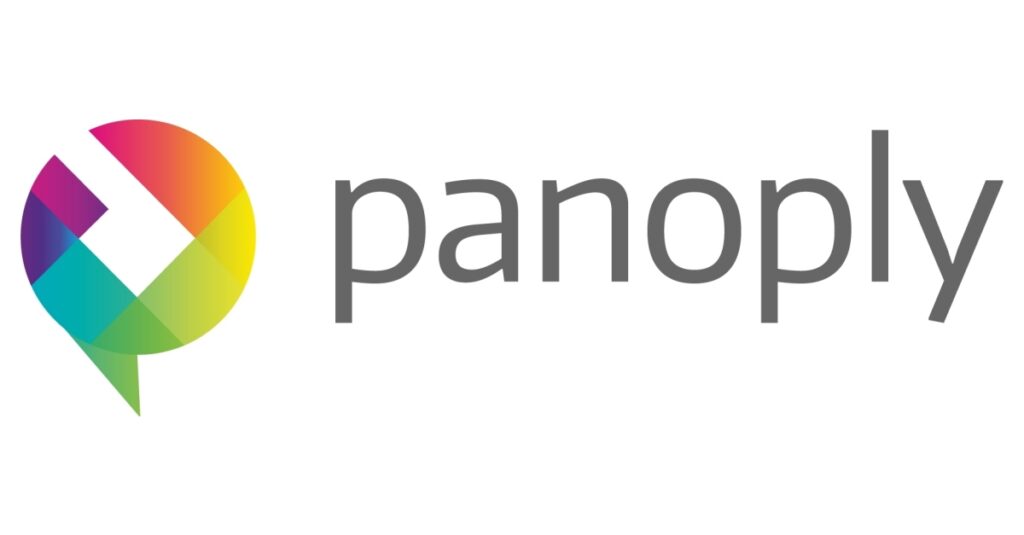
Panoply is a cloud data platform designed especially for data analysts. It doesn’t generate any AI-based results after storing and collating your company’s data. Panoply’s platform ensures that there is a smooth flow of data between different sections, thus making it ready for manual analysis. The company was founded in 2015 with an aim to offer cloud data services of the highest caliber. It generates an approximate annual revenue of $6 million.
Industry – Cloud Computing
Panoply not only stores your exhaustive data into a cloud but also sorts it based on a variety of chosen factors and attributes to display an analysis-ready database. You can use standard SQL to manage your data warehouse in Panoply’s platform. The company operates from a single office in San Francisco, CA, but it has numerous high-profile clients under its belt.
Competitor – Vertica
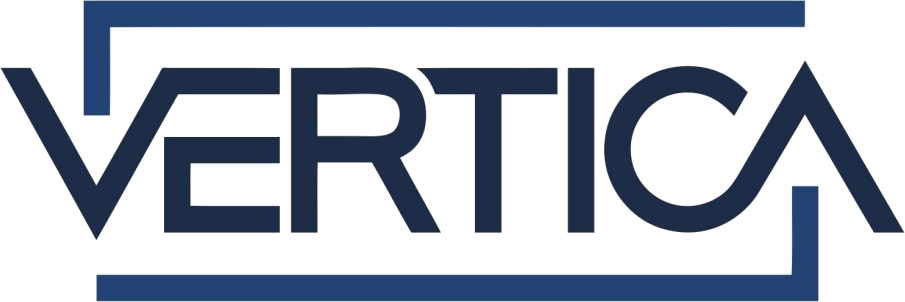
Vertica is primarily into database management and analysis. An acclaimed database researcher, Michael Stonebraker, and his colleague, Andrew Palmer, established the company in 2005. After Palmer’s successful reign as CEO, the position went to Ralph Breslauer who was later succeeded by Christopher Lynch. It was during Lynch’s reign that Vertica was incorporated into Hewlett Packard’s enterprise group. The company is currently based in Cambridge, MA, and generates a revenue of $23 million.
Industry – Data Warehousing
The software of Vertica, simply named Vertica Analytics Platform, has been programmed to manage and analyze huge amounts of data in a very short time. Regardless of how large your data may be, if you query into their data warehouse, you can expect the results within a few seconds. With a standard SQL interface and integrated machine learning algorithms, Vertica is indeed the dark horse in this race of data warehousing giants.
Competitor – Xplenty

Xplenty’s services are quite similar to those of Snowflake. It uses the cloud to gather and analyze business data from various streams, later integrating it with custom applications over the network. The company was founded in 2011 by Yaniv Mor, and it is presently headquartered in San Francisco, CA. With a meager 30 employees, Xplenty manages to generate a revenue of more than $3 million.
Industry – Data Warehousing
Xplenty uses secure Extract, Transform, and Load (ETL) and Extract, Load, and Transform (ELT) techniques to quickly process the data. It has a user-friendly interface that can be easily understood by people from all walks of life. Its operations are currently managed by Donal Tobin, the CEO.
Competitor – Stitch

Stitch Data, simply known as Stitch, offers rapidly accessible data warehousing services across various industry sectors. You can quickly gather your data into a single warehouse from over 130 different sources without a hassle. Stitch began its operations in 2017 based on a global analytics firm, RJMetrics. A year later, it was acquired by Talend, a cloud data integration company. Based in Philadelphia, PA, it has an annual revenue of around $2.5 million.
Industry – Data Warehousing / Cloud Computing
Stitch uses only ETL techniques to collect data and conduct a thorough analysis. While you are not required to code your data, Stitch’s interface cannot be understood by any layman. Only developers can effectively access and use the platform to its full capabilities.
Competitor – Databricks
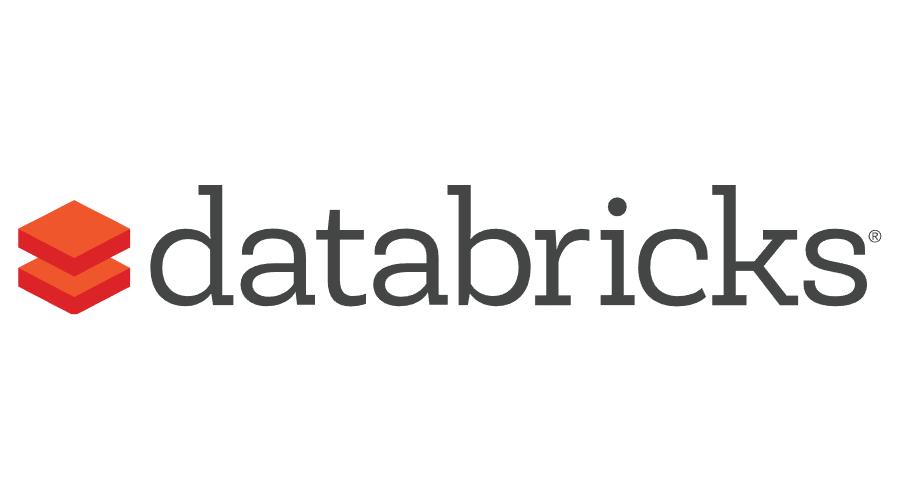
While essentially a data warehousing firm, Databricks uses a unique technique called lakehouse architecture to store and analyze data. You might have heard about Apache Sparks, an open-source analytics engine. The numerous founders of that company established Databricks as well. To name a few notable ones, Ali Ghodsi, Reynold Xin, Ion Stoica, and Matei Zaharia founded it in 2013. Headquartered in San Francisco, CA, the company’s current annual revenue stands at $425 million.
Industry – Data Warehousing
While Databricks uses a lakehouse architecture, its services technically fall under data warehousing. In fact, the term ‘lakehouse’ was coined through the union of ‘data warehousing’ and ‘data lakes’. Utilizing the Apache Spark framework, it generates results to analytical queries in a very short time.
Competitor – Amazon Web Services
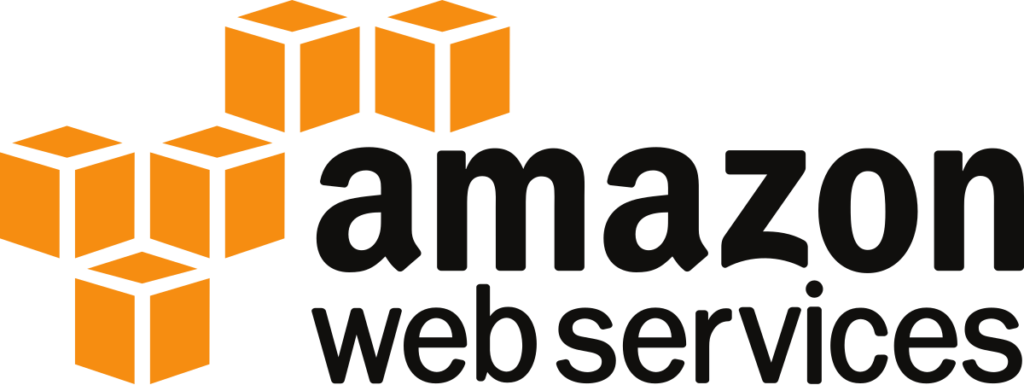
While everyone may have heard about Amazon (not the river), not many know about Amazon Web Services (AWS). It is a cloud computing platform ideal for businesses big and small. Its roots can be traced back to the early 2000s when its beta cloud computing features were only used internally. Today, AWS is available to consumers worldwide, and it generates a revenue of $46 billion for Amazon.
Industry – Cloud Computing
The on-demand cloud services offered by AWS are data storage, analytics, computing, database management, and deployment through their top-grade machine learning algorithms. You can subscribe to their services for a reasonable fee. AWS has eight different offices in Amazon’s HQ city, Seattle, WA.
Competitor – Google Cloud

Google’s best-known offering (other than a search engine) is the Google Cloud Platform (GCP). It includes a suite of cloud computing services that are used by individuals and organizations alike. The service was launched in 2008, and it contributes around $13 billion to Google’s overall revenue.
Industry – Cloud Computing
The services that GCP offers are similar to those of AWS, and you can access them from any device, anywhere on the globe. GCP has quite a few offices in and around Google’s main headquarters in Mountain View, CA.
Competitor – Microsoft Azure

When Microsoft’s top competitors were jumping on the bandwagon of cloud computing, it wasn’t one to stay behind. Azure by Microsoft was released a few months after GCP, on October 27, 2008. Azure is a cloud computing app that runs across various platforms like Windows, Android, and iOS. It generates a revenue of $46 billion for Microsoft.
Industry – Cloud Computing
Azure’s services are also quite similar to those of AWS and GCP, except that it is available as an application. Its headquarters lie in Redmond, WA.
Conclusion:
The Top 10 Snowflake Competitors: Cloudera, Teradata, Panoply, Vertica, Xplenty, Stitch, Databricks, Amazon Web Services, Google Cloud, Microsoft Azure. Together, they have raised more than $108 billion between their estimated 1,475,800 employees, with Cloudera ranking second in the list in terms of revenue and service similarity.
Competitor Stats:
| Name | Founded | Headquarters | Employees |
| Cloudera | 2008 | Santa Clara, CA | 3000 |
| Teradata | 1979 | San Diego, CA | 8535 |
| Panoply | 2015 | San Francisco, CA | 47 |
| Vertica | 2005 | Cambridge, MA | 120 |
| Xplenty | 2011 | San Francisco, CA | 30 |
| Stitch | 2017 | Philadelphia, PA | 40 |
| Databricks | 2013 | San Francisco, CA | 2000 |
| AWS | 2000 | Seattle, WA | 1,335,000 |
| GCP | 2008 | Mountain View, CA | 123,048 |
| Azure | 2008 | Redmond, WA | 1500 |

